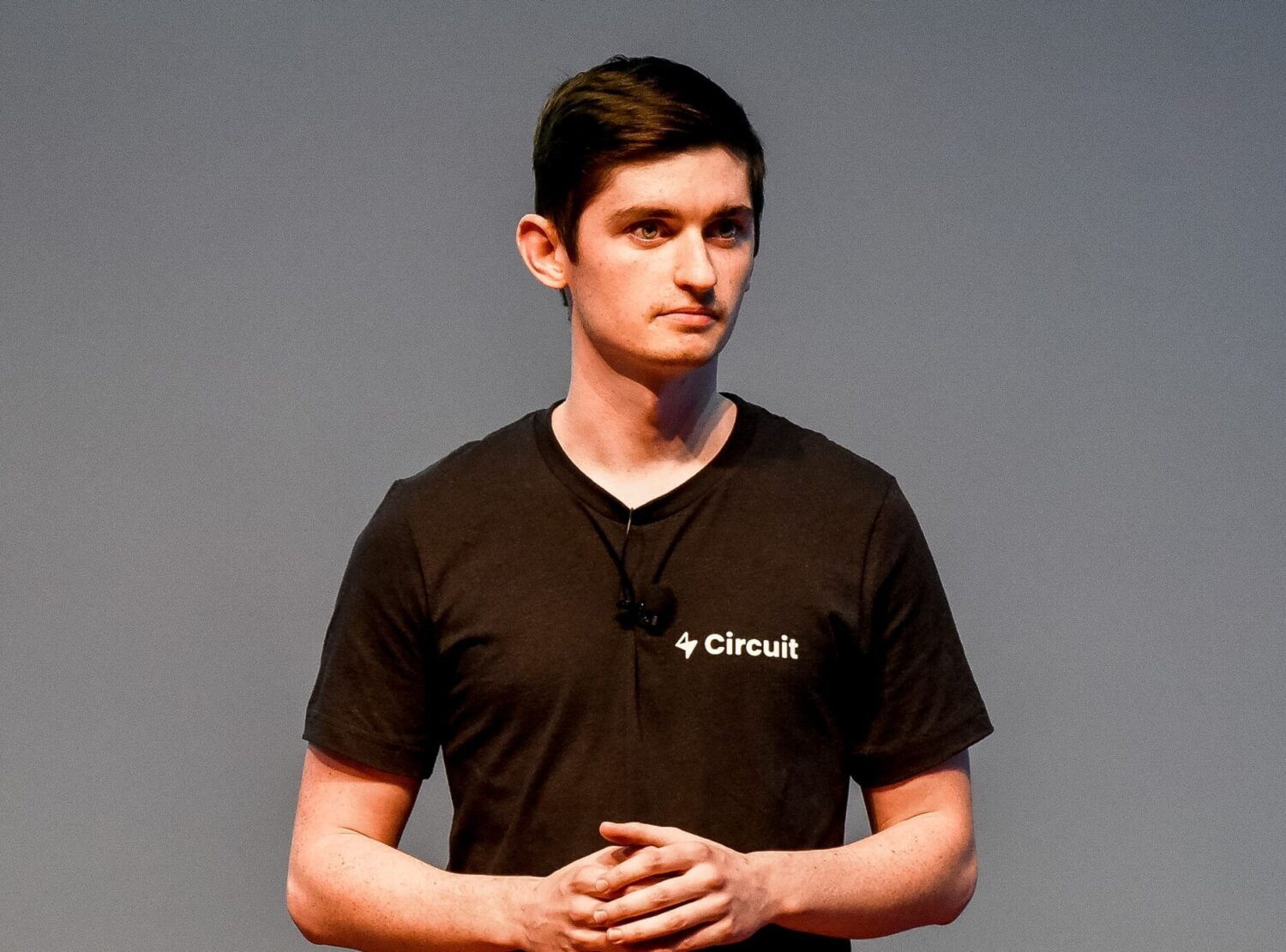Written by Jack Underwood, Founder and CEO of Circuit
In the world of tech, there’s few things as frustrating as a clunky product. A problem may be widespread and your solution may be brilliant but if you can’t nail the interface, it’ll be deleted as soon as it’s downloaded. A smooth user experience is therefore the holy grail of app development but there seems to be confusion about how to achieve it. The answer is simple: skip to the end and get the intended user involved from the start.
A good customer experience is one of the key elements that sets a product apart. Whilst innovative tech is great, if your features are slow to load, the formatting’s off or your interface isn’t intuitive then user annoyance will quickly mount and override usefulness. We’re eager for new, digital ways to make our lives easier and more efficient – last December analytics firm App Annie reported consumers were on track to spend $112 billion across iOS and Google Play in 2020, representing a year-over-year increase of 25%. But if the software itself isn’t easy to use or efficient then it won’t have a place on a home screen. If brands don’t want to watch customers walk away then they need to be getting their product experience right.
A seamless user experience is important for any digital tool but for some it’s absolutely critical. In products that are designed to be used repetitively, or that must be in use for many hours in order to fulfil their function, any issues are instantly amplified by the sheer amount of time a user will spend with it. And these issues directly lead to wasted time: if a product is used 15 times a day but its user-unfriendliness means a task takes 5 minutes when it should have taken 3, that’s half an hour of time wasted every day. If your product is designed for constant use then you have nowhere to hide and its flaws are directly impacting your customers.
The stakes may be high but the solution couldn’t be more simple. What’s needed to create a great product experience isn’t a shedload of money or a team of Nobel Prize winning scientists – it’s having an in-depth knowledge of the end user and understanding the ways they will interact with your product. The key to building a great product is examining the complexity of their needs, the secondary problems they face and their interaction with competitors so you can create the features and capabilities they really need, even if they don’t know these themselves. It’s a waste to wait until the product testing stage to get this input: trying to graft on new ideas at a later date is hugely inefficient, ineffectual in terms of integration, and you’ll be tempted to ignore these crucial insights because of the cost of incorporating them. You need to be engaging with your end user from the very start.
There are a multitude of ways product developers can do this. Whether it’s running review sessions, setting up specific focus groups, conducting detailed surveys or physically experiencing a day in the life of the end user, there are countless strategies for getting the insight you need. We’ve found that actually bringing product users onto our team and employing them part-time has been hugely effective in ensuring we’re truly building a product that serves their needs. There’s no one magic method for understanding your user; it’s a process of using a combination of tactics and working out which are most appropriate for you.
But even when your product is launched, the importance of user feedback doesn’t end. Product development is a continuous journey and in order to stay competitive, brands need to be alert to developments in the market, new opportunities and arising issues. Proactively seeking user feedback not only allows you to keep ahead of trends and refine the user experience still further, it establishes a unique relationship of trust by demonstrating you value a user’s individual opinion and have their best interests at heart. This leads to greater consumer loyalty and free word-of-mouth marketing, enabling you to attract a larger audience.
As tech brands seek to stand out in a crowded market, they need to wake up to the unparalleled resource they have within easy reach. Engaging early with end users allows businesses to eradicate tech frustration, create bespoke features that really work and build a community around a product. It turns out the ending is a very good place to start.
